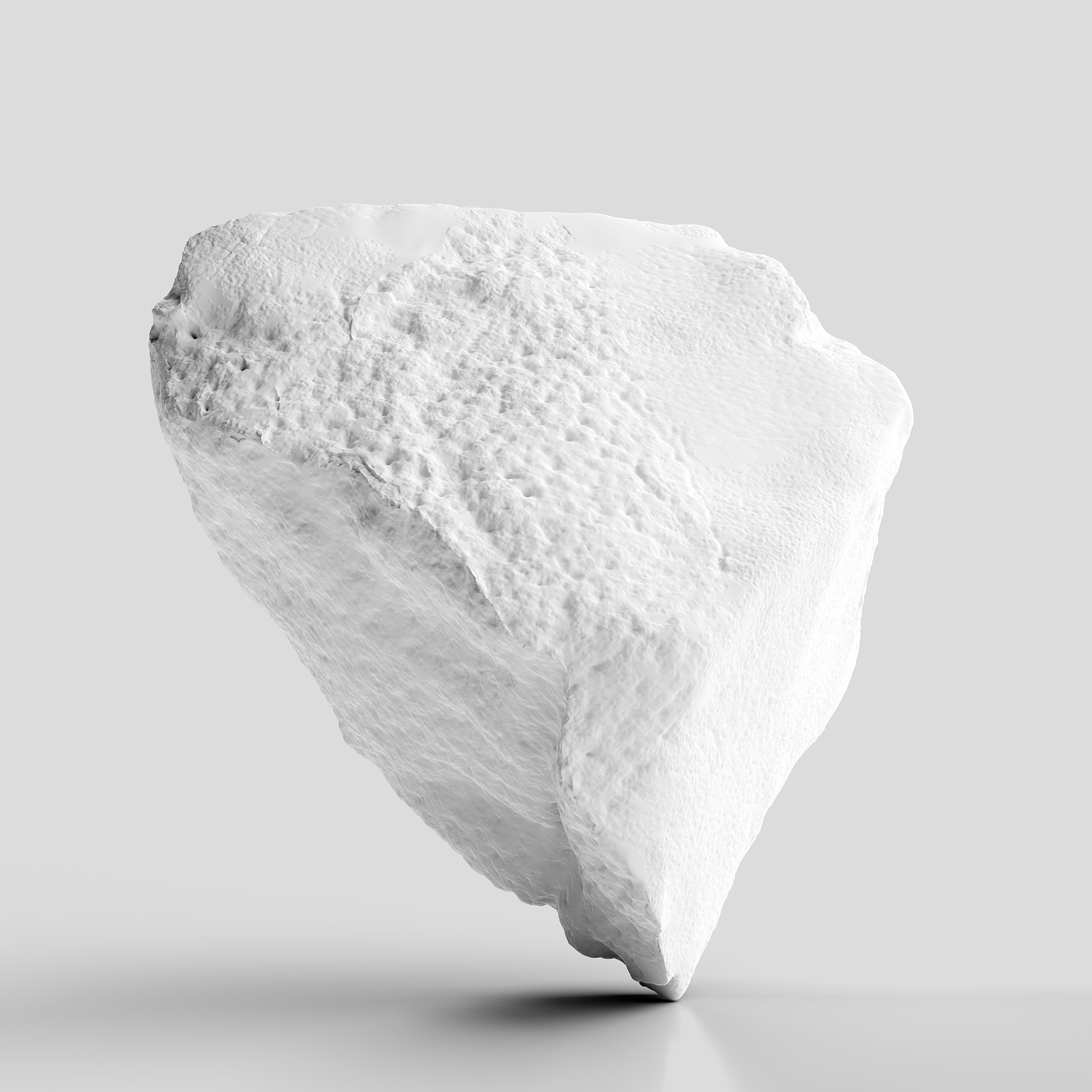Stefan Maier
Stefan Maier (*1994 in Austria) is an architect, experience designer, researcher and educator based in Austria. He graduated with a degree in architecture from ./studio 3, an Institute for Experimental Architecture at the University of Innsbruck, where he also began teaching soon after. In his work, Stefan tries to challenge the entanglement between physical and digital environments – trying to provoke a non-binary understanding of both and in between. Thereby, he is questioning the materiality of the (im-)material as the result of the intersection of human and environmental needs, natural entities, histories, fictions, and more. His body of work ranges from mixed-reality drawings and digital sculptures, physical installations to screenings as well as interactive experiences and has been exhibited internationally such as at Bangkok Design Week (CUINDA, 2020, Bangkok, THA) or Biennale d’Architecture d’Orléans (2019, Orléans, FRA).
© Photo by Tobias Stenico
Polychronism. Zeitfragmente
Single-channel visual installation, HD video, 08.44 min loop (2022)
Aluminium cast from biodegradable 3D-print. 144x209x171 mm. (2022)
The nature of the digital is polychronic. A naturalness that is determined by simultaneity, interchangeability, responsivity, and its ‘forking paths’ (‘hyperlinks’). A space in which events might occur ‘everywhere, all at once’ just within the swipe of a thumb-stick.
Polychronism is a concept introduced by American anthropologist and ethnologist Edward T. Hall. He uses the term to distinguish opposing cultural forms of ‘time dimensions. In monochronic cultures, time is linear and divided into strings of events – one after the other. Whereas the perception of time in polychronic cultures is fluid and constantly shifting. One in which several events might occur all at once, parallelly, and simultaneously.
The digitally simulated 'monolith' constitutes the co-existence between natural, technological, and artificial artifacts. It emerges out of the simultaneity of things, thus the ‘stone’ is a multidimensional fragment. With its spatio-temporal indistinctness, the ‘monolith’ is in an unstable state of constant deformation, being rewritten and coded, rearranged and regenerated. The coexistence and relationships between the individual components carve the ‘stone’. The data of all parts become the sediment that forms it - only coming into existence at a specific time, in a certain condition. An ever-changing volume in which a multitude of states and times exist synchronously. The ‘stone’, a monolith in continuous flux. By its nature being timeless.
The video installation depicts the ‘monolith’ in its natural condition – the polychrony. Constantly changing, shifting, rearranging, recoding – in the stream of data, carved by the simultaneity of things.
A 3D-print made with bio-degradable plastic filament transposes a momentary state of the digital ‘stone’ into the physical realm. It is cast in aluminium, a ‘timeless’ metal, which does not further age turning into materialized contingencies of the ever-changing.



